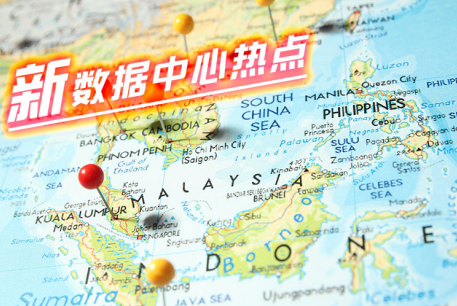Malaysia: The Emerging Regional Hub of Southeast Asia – Advantages, Challenges, and Strategic Pathways
I. Geostrategic Advantages: A Natural Nexus
1. The Golden Crossroads
- The Strait of Malacca handles 40% of global maritime trade, with cargo throughput exceeding 1.5 billion tons in 2023.
- Kuala Lumpur International Airport (KLIA) connects all ASEAN capitals, serving a 600-million consumer market within a 3-hour flight radius.
2. A Melting Pot of Civilizations
- Unique multicultural business DNA blending Malay, Chinese, and Indian influences.
- Global halal industry leader: Islamic finance assets reached $900 billion (35% of global share) in 2023.
II. Economic Engine: A Digital-First Regional Hub
1. Digital Infrastructure Pioneer
- 5G coverage to reach 95% by 2025, first ASEAN nation to implement full MyDigital ID adoption.
- Cyberjaya hosts 2,500 tech firms, including Grab’s regional HQ and Huawei’s SEA cloud center.
2. Manufacturing Transformation
- Penang’s "Silicon Valley of the East" attracts RM12 billion in investments (e.g., Intel, Bosch) for 3D-IC packaging plants.
- Johor’s Iskandar Special Economic Zone to supply 25% of ASEAN’s EV production by 2025.
III. Strategic Levers: Building Three Core Hub Functions
1. Financial Gateway
- Labuan IBFC manages assets exceeding RM500 billion.
- 2024 pilot launch of ASEAN-China local currency settlement hub.
2. Talent Exchange
- Upgraded MM2H visa program targets 50,000 high-skilled expats by 2025.
- Sunway University & UM offer ASEAN joint-degree programs.
3. Green Transition Model
- FGV Holdings (world’s largest sustainable palm oil producer) builds zero-emission refineries.
- Terengganu deploys SEA’s first floating solar-hydrogen hybrid system.
IV. Key Challenges
1. Infrastructure Gaps
- East-West Malaysia power grid disconnect keeps Sabah’s industrial electricity 18% costlier than Peninsular Malaysia.
2. Brain Drain Crisis
- 1.8 million Malaysians work abroad (2023), 42% in STEM fields.
3. Regional Competition
- Vietnam’s manufacturing FDI surpasses Malaysia for 3 consecutive years.
- Singapore leads in fintech innovation by 2-3 strides.
V. Breakthrough Strategies: A Tripartite Approach
1. Differentiated Positioning
- Become the core node of an ASEAN Digital Free Trade Zone (DFTA).
- Establish a Muslim World-East Asia tech transfer center.
2. Super Hub Initiative
- Expand Port Klang’s Terminal 4 to 32 million TEU capacity.
- Develop a KL-Singapore HSR tech corridor.
3. Cultural Soft Power
- Launch RM1 billion ASEAN Creative Industry Fund.
- Promote "gastro-diplomacy": 1,000 Malaysian cloud kitchens globally by 2025.
Conclusion:
While Indonesia vies for manufacturing dominance and Singapore cements its financial hub status, Malaysia is crafting a "hub ecosystem"—serving as Southeast Asia’s logistics switchboard, cultural translator, and tech incubator. This multi-dimensional strategy may redefine how mid-sized powers thrive in the new globalization era.
(Data sources: MIDA, World Bank, ASEAN Secretariat)
#Malaysia2030 #ASEANHubStrategy #DigitalSilkRoad #MiddlePowerDiplomacy


